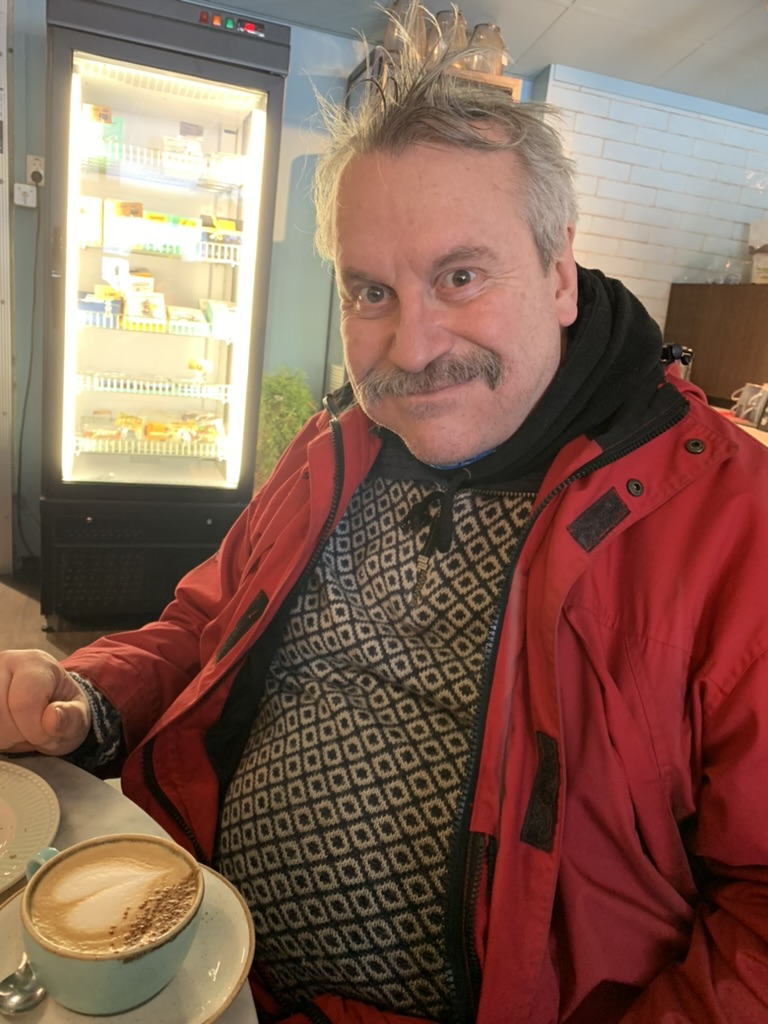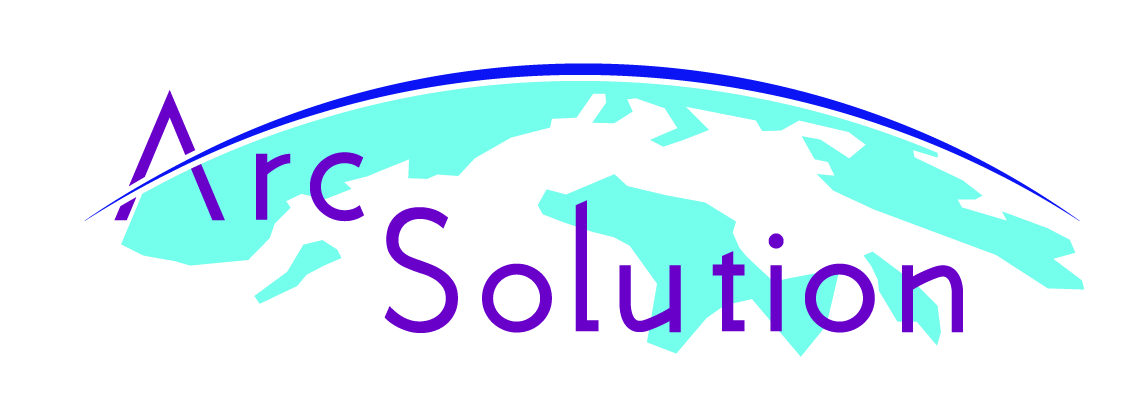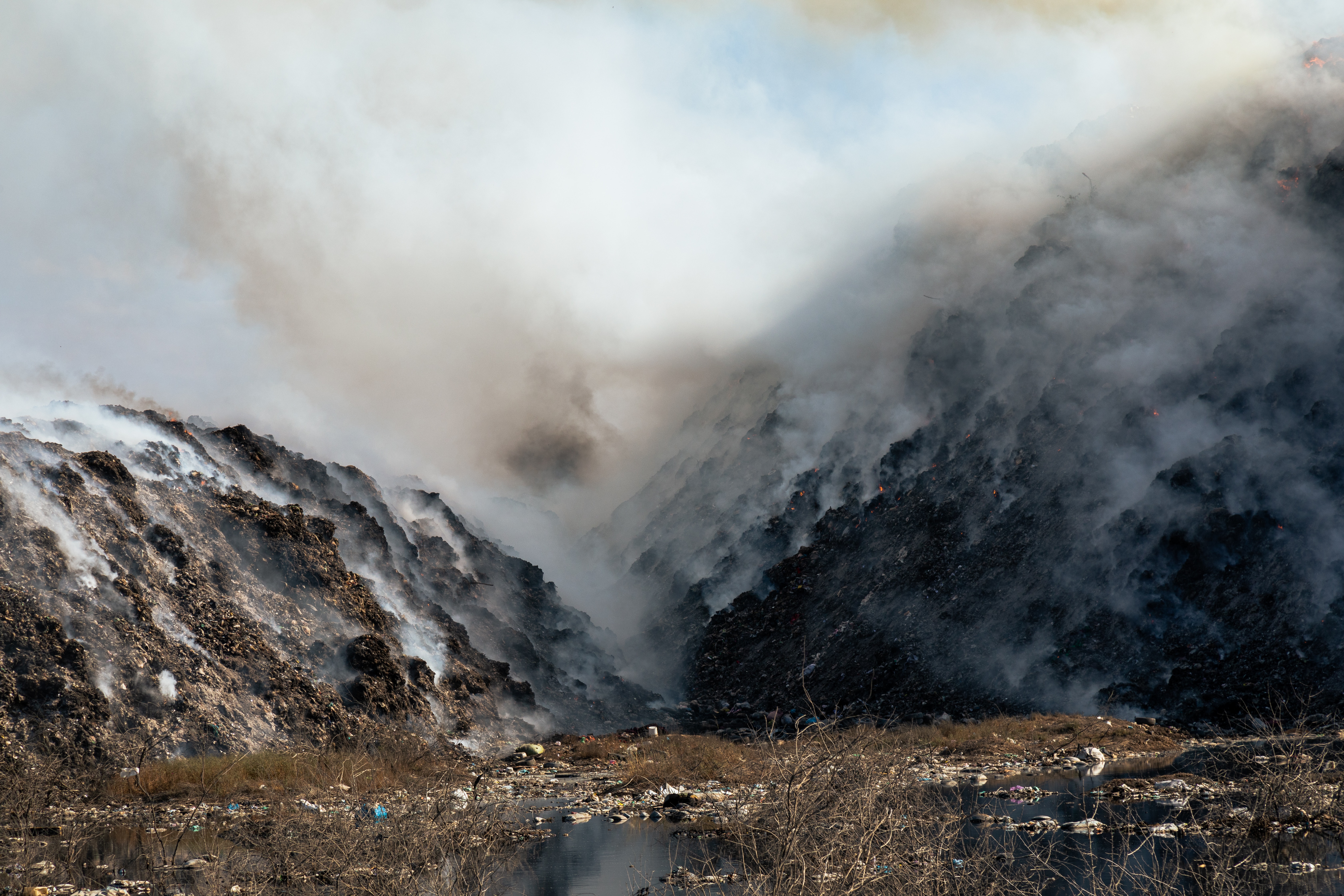The Arctic faces environmental challenges, and efforts to reduce pollution and help local communities are growing. Dr. Roland Kallenborn is an expert in organic chemistry with many years of experience studying pollution in the Arctic. He leads Work Package 5 of the ArcSolution Project, which aims to find new and locally appropriate ways to tackle pollution and improve environmental health in some of the world’s most remote areas.
In this interview, Kallenborn talks about his career, the specific issues related to pollution in the Arctic, and the solutions being developed through the ArcSolution project.
A Career Dedicated to Arctic Contaminants
Kallenborn has spent much of his career studying pollution in the Arctic. He has worked with contaminants in the northern environment for over 25 years. His job includes improving methods, assessing risks, and studying how organic pollutants behave. He has worked on projects in Svalbard, Greenland, and Canada, examining how pollutants move to and within the Arctic.
He also developed and conducted educational courses on environmental chemistry and risk assessment at the Norwegian University of Life Sciences (NMBU), the University Centre in Svalbard (UNIS and the Harbin Institute of Technology (HT). His main working place is the Norwegian University of Life Sciences. His research focuses on Arctic environmental samples and food-related challenges. This wide range of experience makes Kallenborn research group well-suited to tackle the complex issue of Arctic pollution.

About Roland Kallenborn:
- Kallenborn is a professor at the Faculty of Chemistry, Biotechnology, and Food Science, Norwegian University Life Sciences, Norway and University of the Arctic (UArctic) chair on Arctic pollution research.
- He studied biology and chemistry.
- His research combines modern chemical analysis techniques and risk assessments for various organic contaminants (legacy and emerging organic xenobiotics) in food and environments.
- He works with organic analytical chemistry, organic environmental Chemistry, food safety, toxicants and the Arctic environment.
- Read more here
Unveiling the Problem
Arctic pollution stems from a complex combination of local and global sources. In many Arctic communities, the lack of proper supporting infrastructure (e.g., waste handling, water supply, and energy supply) worsens pollution. Solid waste is often stored in sites and burned periodically, which releases harmful substances into the air and makes it impossible to manage these pollutants properly.
Drinking water contamination is a serious issue because pollutants can enter water systems and, hence, be transferred into processed drinking water supply systems. Furthermore, thawing permafrost and ice can release harmful materials buried in the ice for decades, allowing them to reach groundwater and drinking water supplies. Many small settlements lack suitable filtration systems. This may put the local people at risk for exposure due to polluted water sources.
The global aspect of Arctic pollution adds to the already complex local challenges associated with the currently observed biodiversity and Arctic environmental changes. A large proportion of anthropogenic pollutants like microplastics and other priority chemicals are introduced to the Arctic from other parts of the world and travel to the Arctic through the air and ocean currents. Many of these pollutants have already built up and enriched the Arctic food web for decades. This accumulation process often results in the up-concentration of selected pollutants to dangerous levels in a.o. marine animals. Such high levels may consequently harm both wildlife and human health, especially when wildlife is utilised as an important local food source.
Learn more
Crafting Sustainable, Locally Adapted Solutions
Kallenborn works at ArcSolution to find practical and sustainable solutions for the mitigation of pollution release in the Arctic Environments. In addition, his research group is working on methods and strategies to reduce exposure risks to the local Arctic people. In order to create a long-lasting and sustainable solution for the local societies, he emphasises active local involvement and making the best use of available resources. This differs from past solely science-driven methods that brought expensive technology without considering local needs. “Previous strategies failed because they were not grounded in local realities,” he says. “In Alaska and Canada, costly clean-up facilities were built, but local communities didn’t have the skills or resources to care for them over long periods sufficiently.”
Kallenborn’s team uses a one-health approach in the ArcSolution project. One Health connects humans with environmental-, and animal health. “Human health, lifestyle, and well-being are closely tied to environmental quality and food safety,” he explains. By examining these interrelated factors, we can create effective and lasting solutions.
One new idea is to recycle and reuse biowaste and local resources. “We’re looking into making biochar and biogas from biowaste. Local Biochar products can be used as fertilisers or filters for drinking water clean-up,” Kallenborn says. This will help with proper waste management and give local communities real benefits.”
Bridging Knowledge Gaps
Implementing these solutions takes work. “The problems we are addressing are not new, but solving them is tough because of logistical and infrastructure challenges,” Kallenborn says. “We are working closely with local experts and communities to find the key contaminants and create solutions that meet their specific needs.”
This teamwork includes meetings with local stakeholders in Greenland, Svalbard, Northern Norway, and Sápmi, Finland. “We’re not just imposing solutions; we’re building them together,” he emphasises. “For example, if a community struggles with drinking water contamination, we’ll create clean-up plans that use local resources and technology.”
Looking ahead, Kallenborn hopes that Arctic communities can manage their environmental challenges independently. “We want to develop and test small—to medium-scale solutions, like decentralized biochar systems for waste management and drinking water filtration,” he explains. These solutions will be tested in laboratories and the field, and the results will guide future recommendations.”
This work also aims to support the next generation of Arctic researchers through PhD and postdoctoral projects. “We have already started several ArcSolution related research programs focused on waste treatment, drinking water clean-up, and reducing emissions from bio-waste,” Kallenborn notes. “These efforts will help ensure that the knowledge and solutions we’re developing benefit Arctic communities for years.”
Kallenborn is hopeful about ArcSolution’s impact. “By working with local communities and using their expertise, we’re creating practical and meaningful solutions,” he says. The Arctic is a unique and fragile environment, and we need innovative, collaborative efforts to protect it.” As the ArcSolution project moves forward, it offers hope for tackling one of the Arctic’s most significant challenges: pollution’s impact on people and ecosystems.

